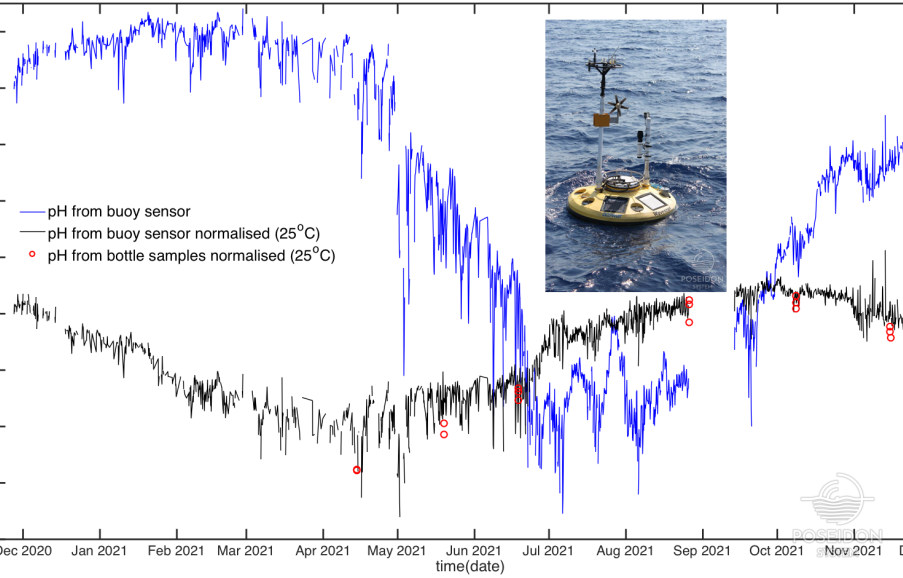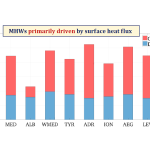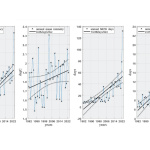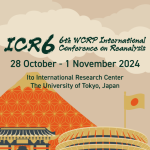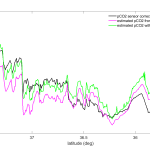A first pH annual cycle in the Cretan Sea
The absorption of excess atmospheric CO2 by the oceans causes changes in seawater pH, a phenomenon called ocean acidification. To contribute to ocean acidification observation, since December 2020 a pH sensor (SP200-SM, Sensorlab) deployed at subsurface in the Cretan Sea, on the POSEIDON Heraklion Coastal Buoy (HCB) provides pH data every 3 hours in near real time (NRT). In parallel, water samples for pH analysis are taken approximately every month to check the sensor’s operation. The samples are analysed using a lab pH instrument (AFT-pH, Sunburst Sensors), which is regularly checked against TRIS buffer as reference material.
It is the first time that an annual pH cycle is obtained in the Cretan Sea and to the best of our knowledge the second time at high frequency (<day) in the eastern Mediterranean (another cycle done in Saronikos Gulf in 2013; González-Dávila et al. 2016). The delayed mode data provided by the pH sensor, after processing, are in good agreement with data from samples (shown in figure). A preliminary analysis suggests that temperature is the dominant factor controlling the diel to seasonal pH variability. The NRT data quality control procedure is currently under improvement to automatically include a correction from temperature and salinity data obtained by the nearby conductivity-temperature sensor. The activity, part of the JERICO-S3 Cretan Sea Pilot Super Site actions organised jointly with NIVA, SYKE and CNRS-MIO, will be pursued until November 2022 (i.e. two annual cycles), after what will be interrupted due to lack of funding.



